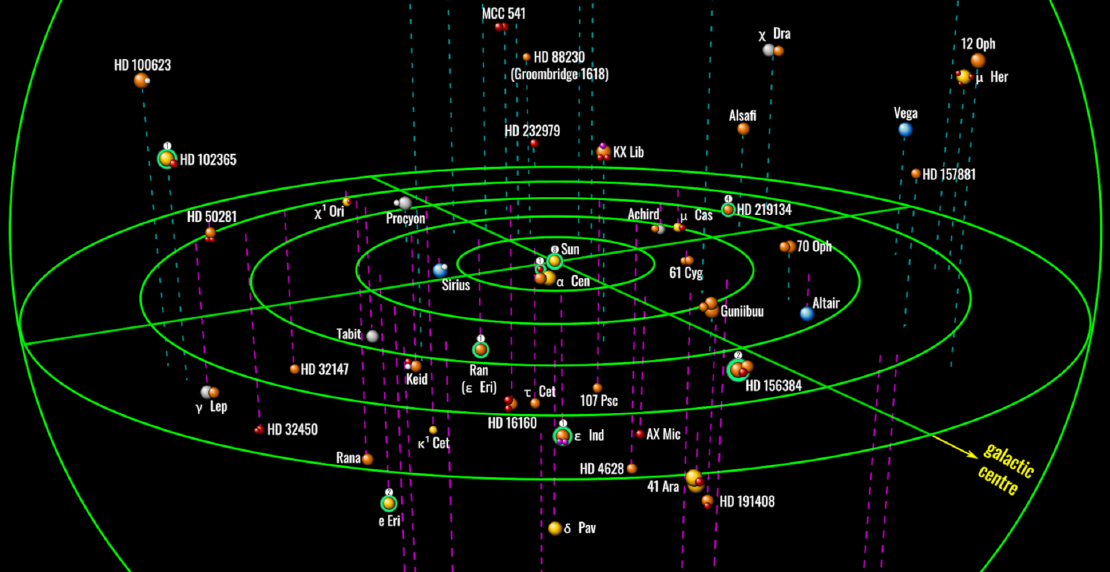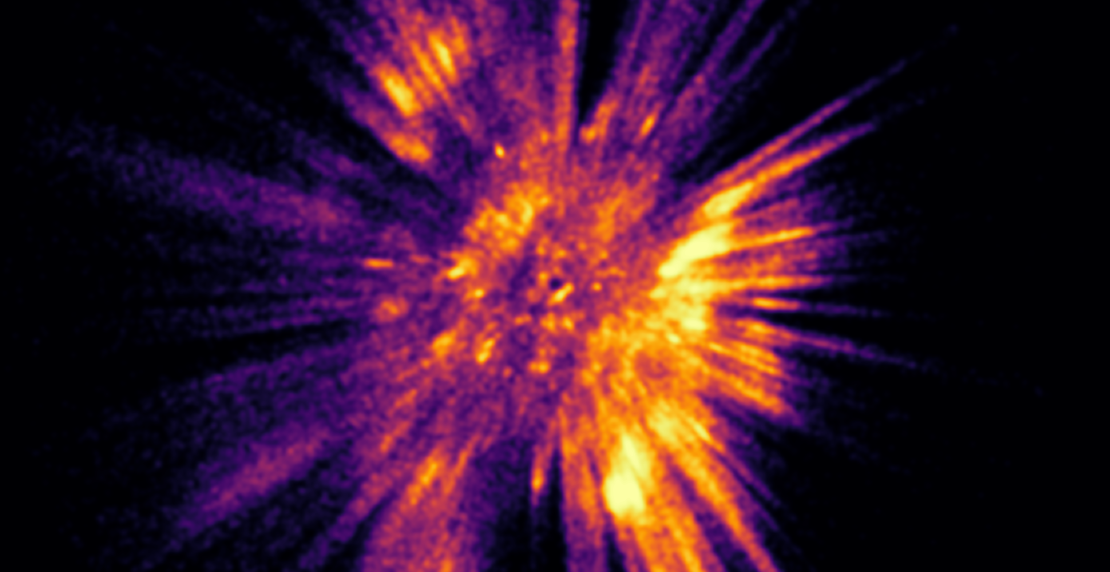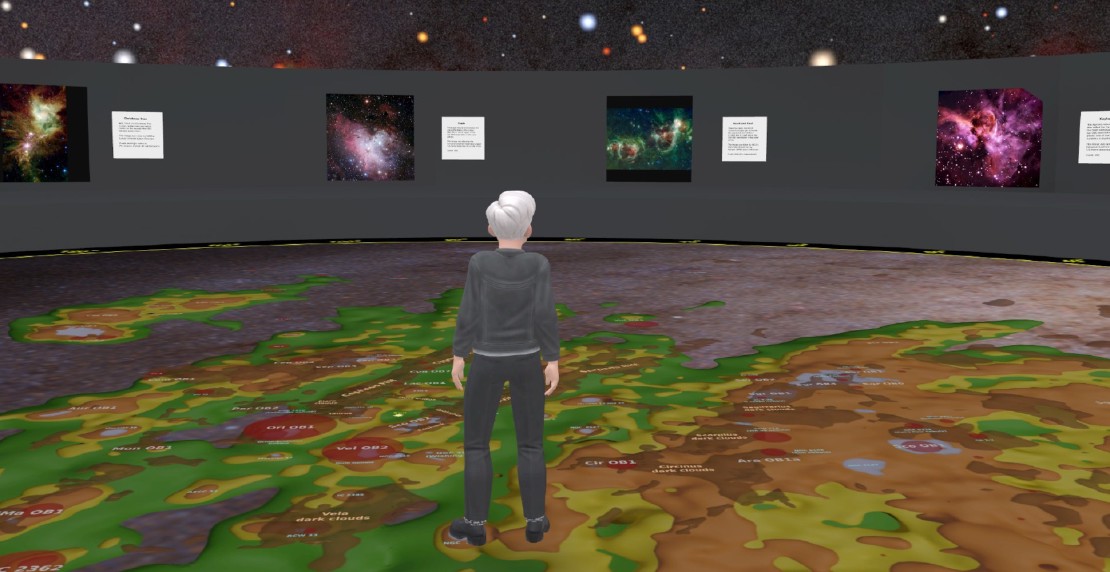Gamifying the Nearest Stars
A long time dream of mine has been to have access to a catalog of all the nearest stars and brown dwarfs, with all their properties: temperature, size, mass and exoplanets. Little did I know that not only such a catalog with much of this information would be published in 2021, but that I would be invited to help create it!
In truth I am not a professional astronomer and my contribution was restricted to compiling lists of exoplanet candidates, chasing down references and helping to improve the English grammar of the final text, but it was exciting to have played a role in helping to create Reylé, Jardine et. al., The 10 parsec sample in the Gaia era and The 10 parsec sample in the Gaia era: first update .
My major role, however, was to visualize the resulting catalog and doing so was a lot of fun!
An international team has conducted a census of all known objects within 10 parsecs (30 light-years) of the Sun, resulting in a new catalogue of 540 stars, brown dwarfs, white dwarfs and exoplanets in 339 systems.
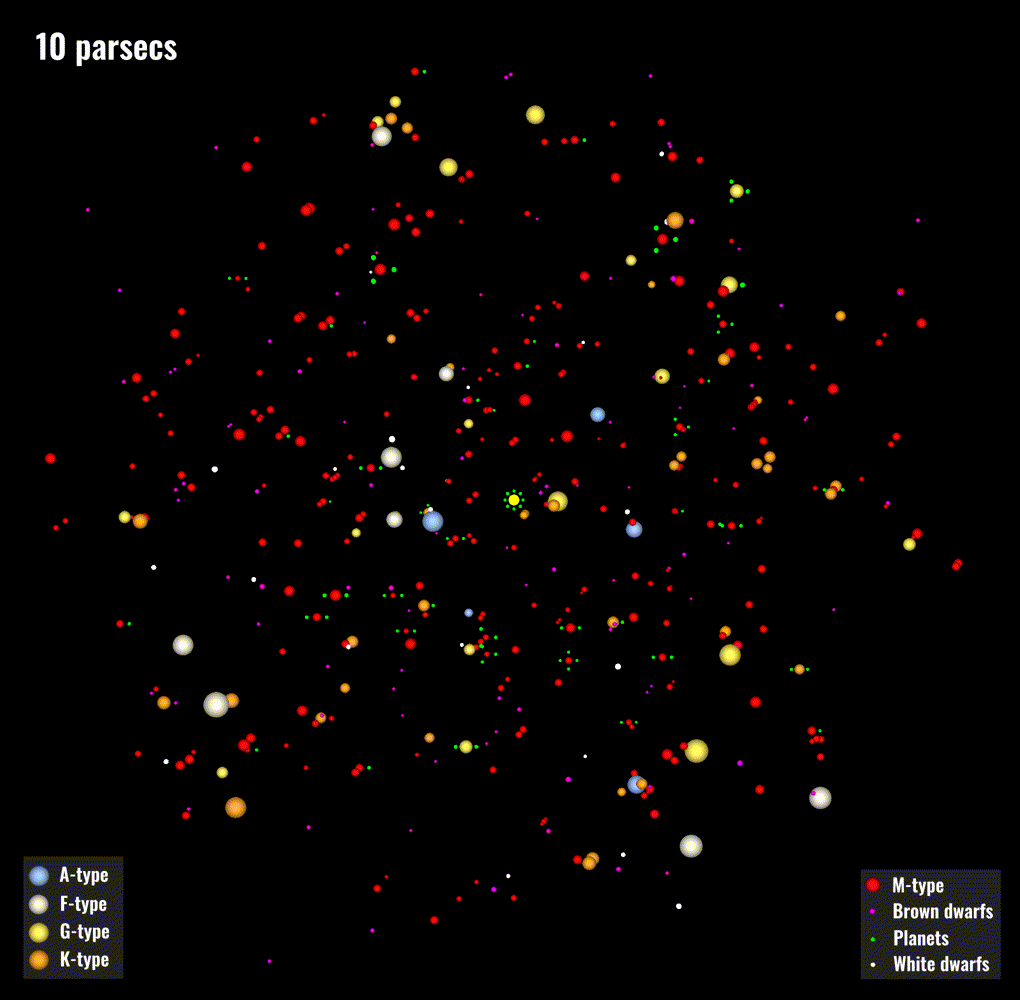
Gamification
After I made many different maps of the data in as many formats as I could imagine, I decided to convert the catalog into a game, Guniibuu. My initial inspiration was the simple railway game created by the Munich board game designer Franz-Benno Delonge, TransAmerica , although I converted the game board to hexagons and soon added other features like ore, research stations and trading bases. I kept one key concept though - everyone gets a set of star card locations for colonies they need to build and gets around by creating a track (wormhole) network that all players can use. Each player gets a set of research and mission cards that only apply to certain kinds of stars so you have to learn the star properties to win the game. I dropped most of the red and brown dwarfs but kept all the brighter stars.
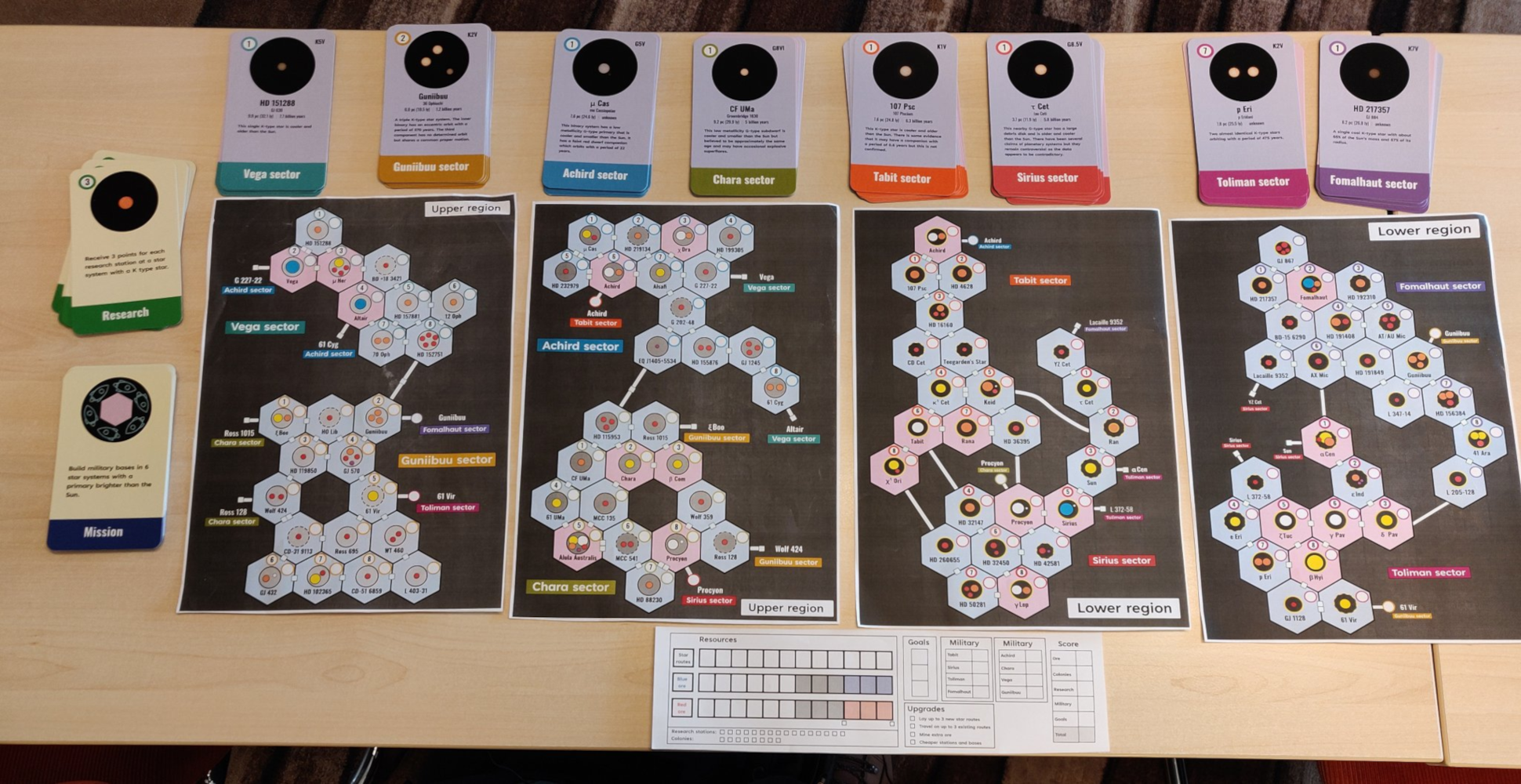
The game design is basically completed and I have a working prototype. I’m not sure how to distribute it though. I’m even looking into creating a mixed reality version of the game for the Meta Quest 3 headset.
Related Posts
MRI Scans of the Milky Way
The European Space Agency’s Gaia Mission has surveyed the 3D positions of almost 2 billion stars, creating a point cloud that looks more like a sand storm in the Sahara desert than a traditional star map.
Read moreExploring the Milky Way in VR
Today I’m announcing two experiences in Horizon Worlds that let you explore our home galaxy, the Milky Way. on the web, mobile phones or in virtual reality.
Read moreHorizon Worlds
Horizon Worlds is as close to a metaverse app that Meta has released so far. The 3D social network has gotten a reputation over the years for poor graphics and some badly behaved kids, but all of that is now changing.
Read more